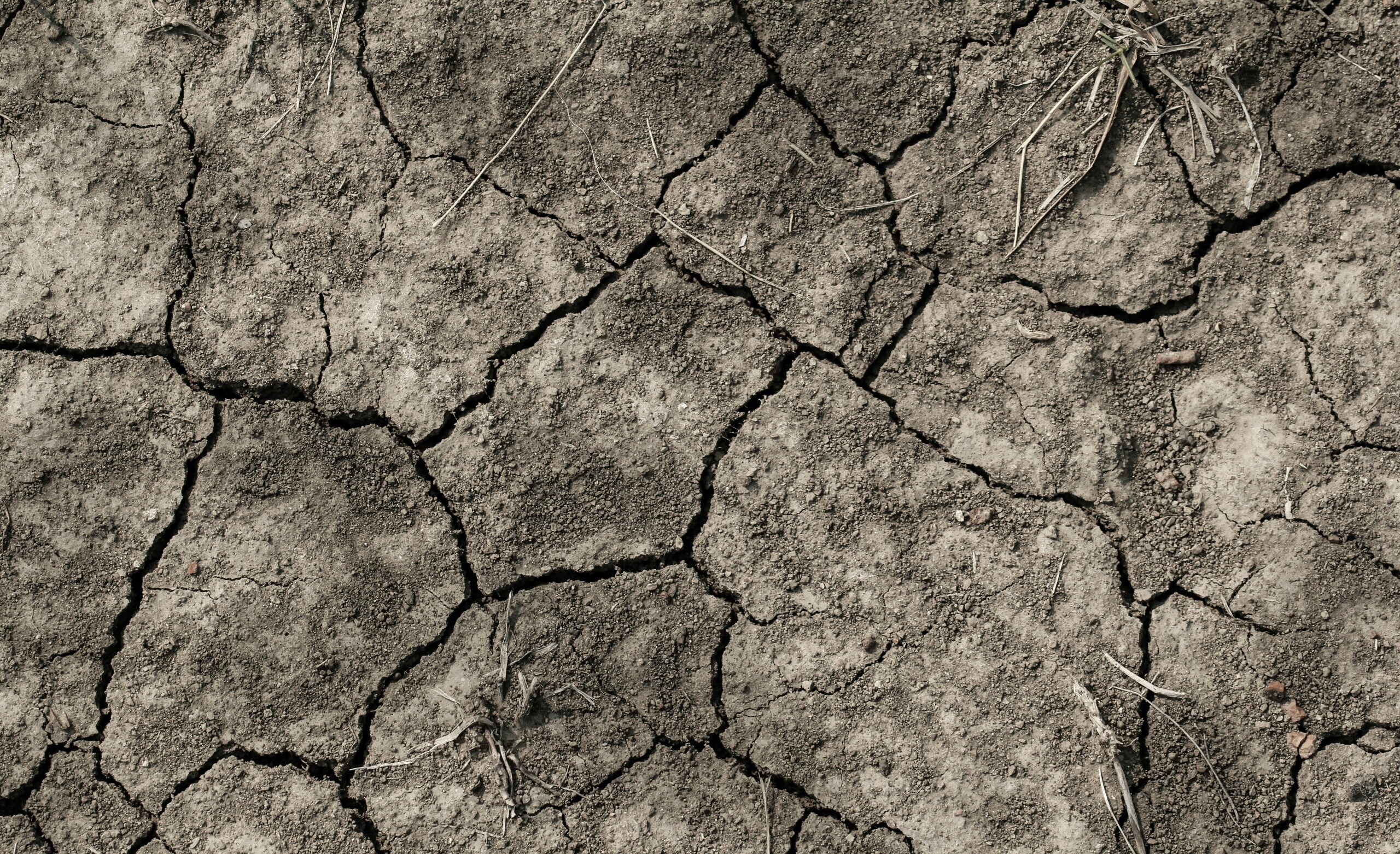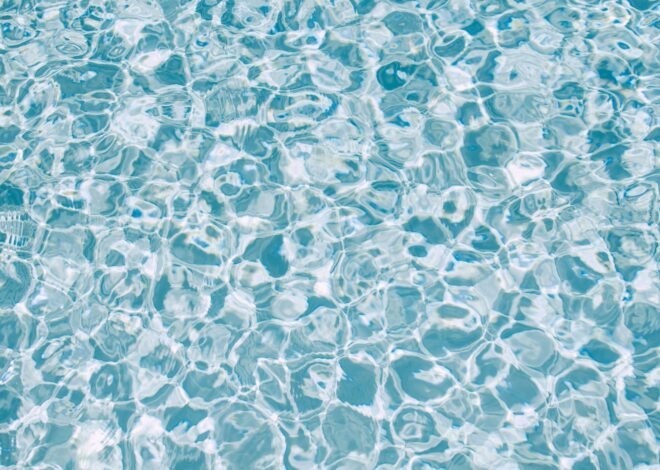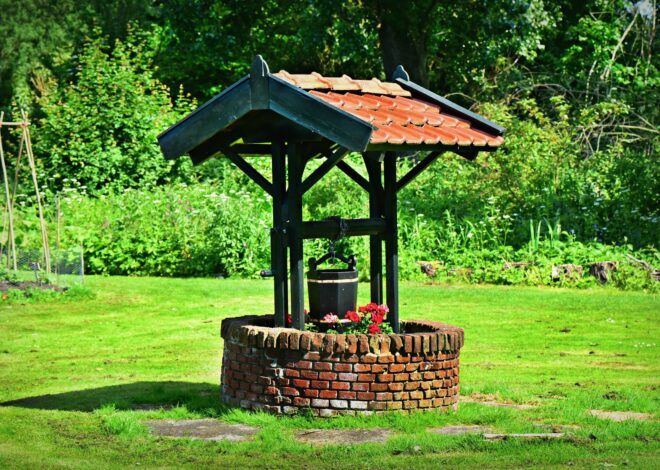
How To Survive A Drought
Welcome to our guide on how to survive a drought! Droughts are not just dry spells – they can have far-reaching impacts on people, the environment, and agriculture.
In this blog post, we will explore the effects of droughts, provide tips on preparing for them, share strategies for coping with limited water supply, discuss innovative solutions for conserving water, delve into the impact on agriculture and food security, and ultimately help you stay resilient in the face of these challenging conditions.
So grab a glass of water (conservatively!), sit back, and let’s dive in!
The Effects of a Drought on People and the Environment
Droughts can have devastating effects on both people and the environment. In times of prolonged dry spells, water sources dwindle, leading to shortages for drinking, sanitation, and agriculture. This scarcity not only impacts human health but also disrupts ecosystems.
Communities facing drought often experience economic hardships as crops fail, livestock suffer, and food prices rise. The ripple effects extend beyond just immediate food supplies – industries dependent on water like manufacturing and tourism can also suffer setbacks.
The environmental consequences are equally concerning; reduced water levels in rivers and lakes threaten aquatic life while parched landscapes increase the risk of wildfires. Biodiversity may decline as habitats deteriorate due to lack of moisture.
In essence, a drought is felt across all facets of life – from physical well-being to economic stability to ecological balance. It underscores the interconnectedness between humans and nature in a delicate dance that requires careful stewardship during challenging times like these.
Preparing for a Drought: Tips and Strategies
Living in an area prone to droughts requires proactive preparation to ensure you can weather the dry spell effectively. Start by creating a water-efficient household by fixing leaks and investing in water-saving appliances. Stock up on non-perishable food items and emergency supplies to sustain yourself during limited access to resources.
Develop a water conservation plan that includes collecting rainwater, using greywater for irrigation, and implementing drought-resistant landscaping. Stay informed about the local water restrictions and adhere to them strictly. Consider installing a well or investing in alternative water sources like desalination or recycled wastewater systems.
Educate yourself and your family on ways to reduce water usage daily, such as taking shorter showers, turning off taps when not in use, and watering plants efficiently. Collaborate with your community to share resources and support each other during times of scarcity. By preparing ahead of time, you can navigate through a drought with resilience and resourcefulness.
Coping with Limited Water Supply
Living with limited water supply during a drought can be challenging, but there are ways to cope. Start by prioritizing your water usage – focus on essential needs like drinking, cooking, and personal hygiene. Consider installing low-flow fixtures in your home to reduce water consumption without sacrificing functionality.
Another tip is to collect and reuse greywater from activities like washing dishes or clothes. This non-potable water can be repurposed for tasks like watering plants or flushing toilets. Additionally, try incorporating rainwater harvesting systems to capture and store rain for future use.
Changing daily habits such as taking shorter showers or turning off the tap while brushing your teeth can also make a significant difference in conserving water. Stay mindful of leaks in pipes or faucets and promptly address any issues to prevent further wastage.
By adopting these strategies and being proactive about managing your limited water supply, you can navigate through drought conditions more effectively while minimizing impact on both your household and the environment.
Innovative Solutions for Conserving Water
One innovative solution for conserving water is the use of greywater recycling systems. These systems collect and filter water from sinks, showers, and laundry to be reused for irrigation or flushing toilets.
Another effective method is rainwater harvesting, where rainwater is collected from roofs and stored in tanks for later use. This reduces reliance on municipal water sources during dry periods.
Drip irrigation technology targets water directly to plant roots, minimizing evaporation and runoff. This method can significantly reduce water wastage in agriculture while ensuring crops receive adequate hydration.
Smart irrigation controllers use weather data and soil moisture levels to adjust watering schedules accordingly. By optimizing watering times based on real-time conditions, this technology helps conserve water resources efficiently.
Implementing drought-resistant landscaping with native plants that require less watering can also contribute to overall water conservation efforts. These plants are adapted to local climates and often thrive with minimal additional irrigation support.
Impact on Agriculture and Food Security
Droughts can have a devastating impact on agriculture and food security, affecting both farmers and consumers alike. With limited water resources, crops struggle to grow, leading to reduced yields and lower quality produce. Farmers may face financial losses as their livelihoods are at risk.
Livestock is also greatly affected during drought periods due to lack of pasture for grazing and limited water availability. This results in poor animal health, decreased milk production, and even livestock deaths. Food shortages become a reality as the supply chain is disrupted, causing prices to rise and access to nutritious food to diminish.
Communities reliant on agriculture for their sustenance face hunger and malnutrition when crops fail. Food insecurity becomes a pressing issue as staple foods become scarce or unaffordable. The long-term effects of drought on agricultural systems can be profound, requiring resilience and innovative solutions to ensure food security for all.
Conclusion: Staying Resilient in the Face of Drought
As we face the challenges of drought, it’s crucial to stay resilient and proactive in our efforts to adapt and overcome. By preparing ahead of time, conserving water wisely, embracing innovative solutions, and supporting sustainable agriculture practices, we can navigate through periods of limited water supply with greater ease.
Remember that every drop counts – both for our own survival and the well-being of the environment. Together, by making small changes in our daily habits and working towards a more water-efficient future, we can not only survive but thrive in the face of drought.
Let’s continue to prioritize water conservation, support one another during tough times, and remain steadfast in our commitment to building a more sustainable world for generations to come. Stay strong, stay informed, and let’s weather the storm together.



